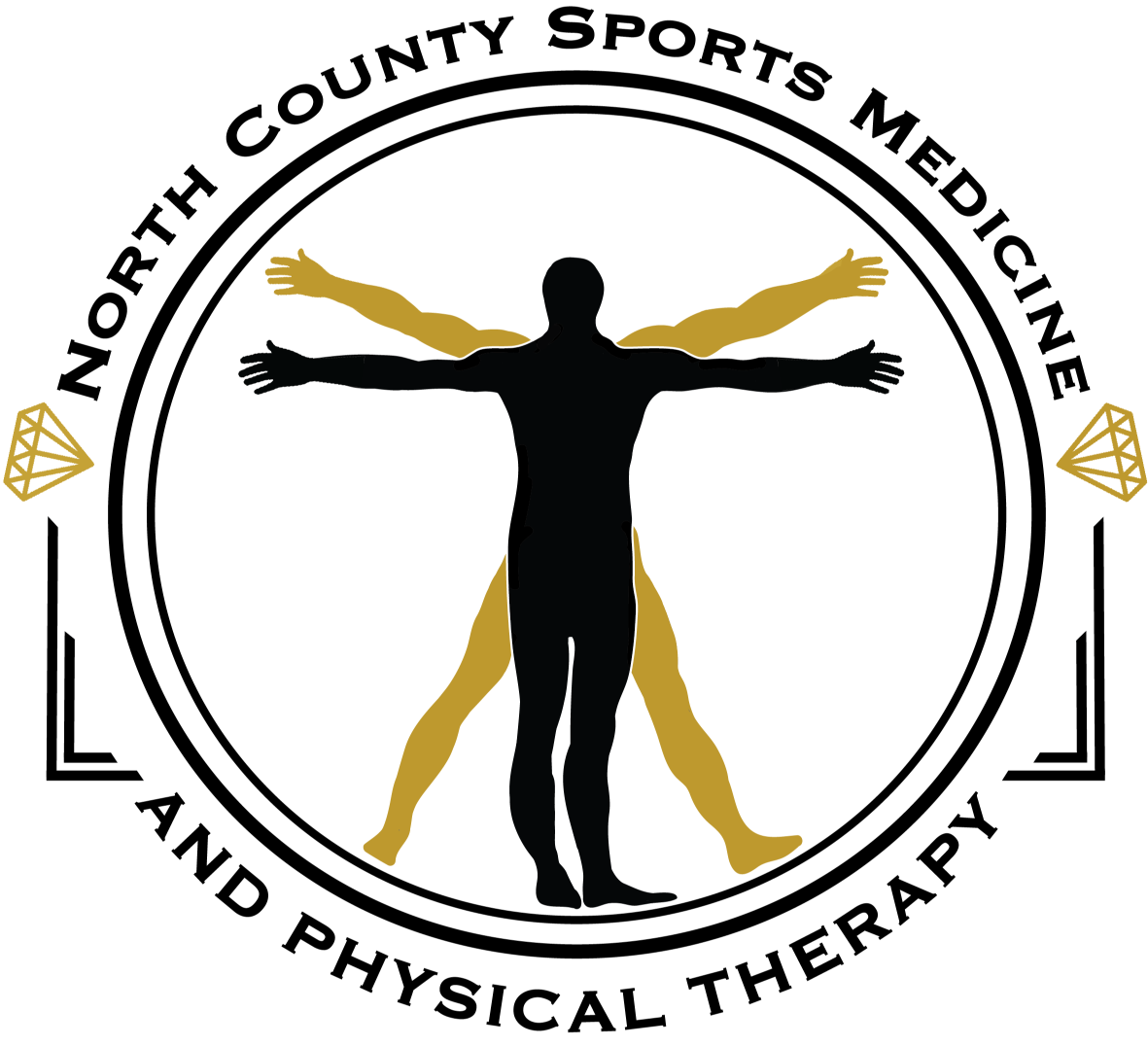Being that the arms and shoulders are the primary movers in swimming, naturally the shoulder is more prone to problems given the repetitive nature of swimming. Swimming places heavy stress and demand on the shoulder and if the shoulder complex is dysfunctional, there will be problems. Fortunately, with accurate evaluation and efficient treatments, physical therapy can absolutely clear these shoulder dysfunctions.
Close to 60% of shoulder symptoms during or after swimming can be attributed to impingement. Impingement is a general term to essentially describe “pinching” of one or more structures in the shoulder. Impingement happens naturally and in a healthy shoulder should be asymptomatic; it is when there is repetitive stress and demand on the shoulder combined with bad scapular mechanics that leads to pain and symptoms. Generally anytime you bring your arm forward or overhead you are decreasing the space between the acromion and head of the humerus. See below picture for those of you who are visual learners. Swimming any length greater than 500m is repetitive. And multiply that by 3-4 times per week for the average masters swimmer or triathlete, it’s definitely a repetition problem.
What does impingement feel like?
Pain with: reaching forward or overhead, lifting overhead, sleeping on the affected side, restricted motion and weakness. Symptoms relieve with rest and icing it. Typically there will not be any pain radiating down the arm with associated numbness or tingling. It is also common to develop mid back and neck pain as the impingement progresses.
What to do if there is an impingement?
This is a great question because there are many different answers. From a physical therapy approach, the initial goal would be to relieve pressure on those structures that are being impinged; this can be done through mobilizing the shoulder joint in such a way to “create more space” in that zone. Secondly, a PT would have to examine and assess the shoulder blade to rule out any error here in terms of position, strength, mobility and movement pattern and 9/10 times there will be a problem here. A solid home program focusing on exercises to mobilize the shoulder joint, strengthen the rotator cuff (if weak) and normalize range of motion will definitely suffice, likely in combination with therapy after accurate assessment is made.
Another unfortunate but common shoulder problem occurs in the labrum. The labrum is a structure within the socket part of the joint that functions like a vacuum, essentially holding the head of the humerus within the socket. Sometimes the labrum can tear which is a very painful situation. Typical symptoms associated with this type of pathology include clicking in the shoulder especially when overhead, a feeling of "dead arm", looseness in the joint, and pain with lifting. Labral issues are confirmed on MRI however physical therapy as conservative management is usually initiated ASAP.

